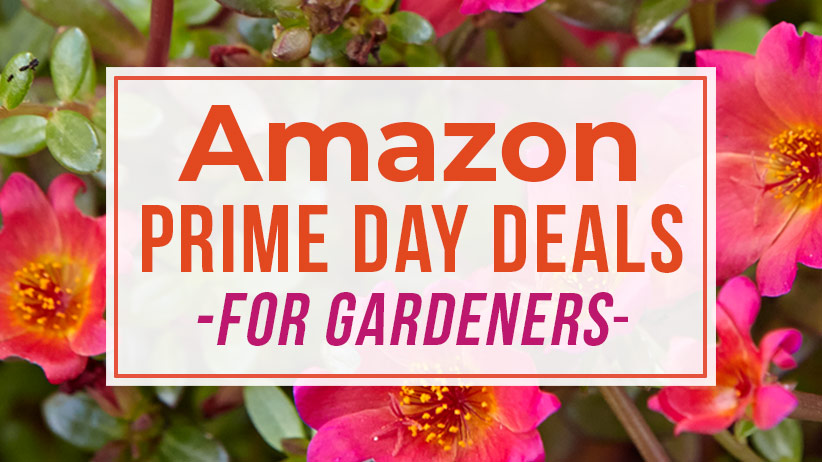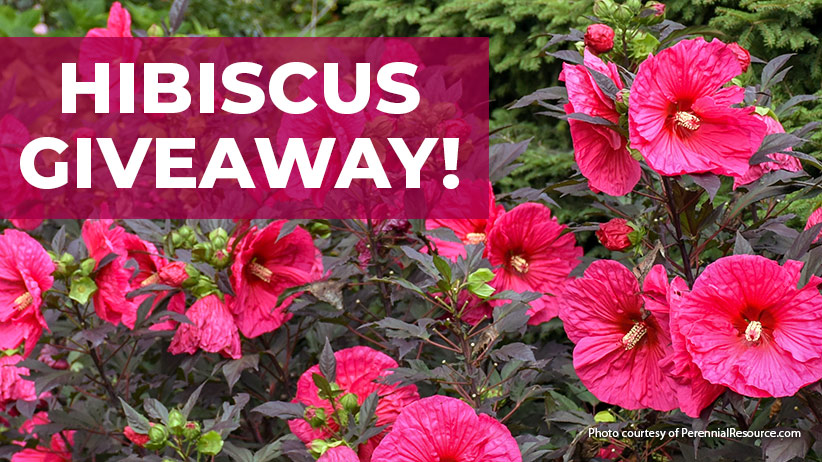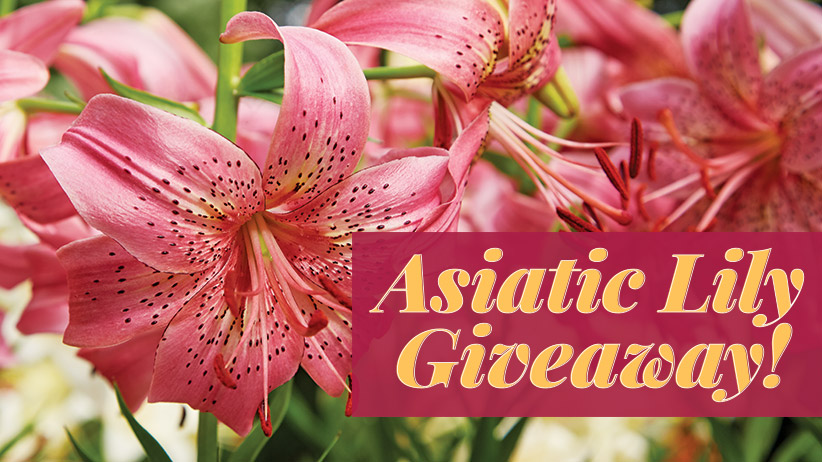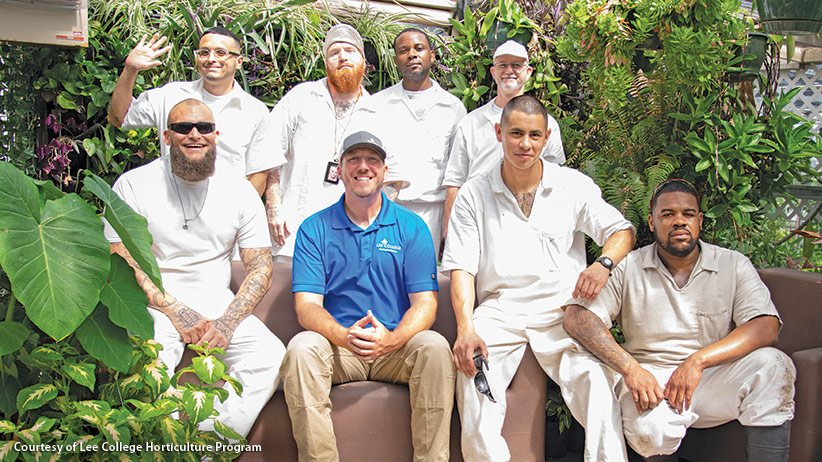In “Shape up your garden,” issue 92, you read about how to add structure, something that provides a background or solid element, to any garden. Many evergreen shrubs and small trees have dense, tight shapes, so they’re perfect structure plants. Use them as backdrops for smaller plants, or mix them into borders to contrast with plants with looser, wispier shapes. Duane Hoover, horticulturist for The Ewing and Muriel Kauffman Memorial Garden, in Kansas City, Missouri, counts on evergreens to add structure. Here are a few of his favorites.
Spreading yew
Taxus xmediaCultivars of spreading yew have dense, dark-green foliage, and they’re easy to prune or shear to shape. They’re happy in full sun to part shade — in fact, they’ll even take nearly full shade. And like most yews, they aren’t picky about soil, as long as it’s well-drained. Depending on what you need for your garden, you’ll find tall, thin upright cultivars to short, spreading ones. Take a look at these yews:
- ‘Brownii’ Rounded globe shape; 8 to 12 ft. tall, 6 to 12 ft. wide; cold-hardy in USDA zones 5 to 9, heat-tolerant in AHS zones 9 to 1
- ‘Densiformis’ Bright green needles and dense, shrubby form; 3 to 4 ft. tall, 4 to 6 ft. wide; cold-hardy in USDA zones 4 to 7, heat-tolerant in AHS zones 7 to 1
- ‘Hicksii’ Narrow, upright shape makes it a good choice for hedges; 8 to 15 ft. tall, 2 to 5 ft. wide; cold-hardy in USDA zones 5 to 9, heat-tolerant in AHS zones 9 to 1
- ‘Wardii’ Slow-growing with dark-green foliage; 3 to 6 ft. tall, 8 to 20 ft. wide; cold-hardy in USDA zones 4 to 7, heat-tolerant in AHS zones 7 to 1
Boxwood
Buxus hybridsBoxwoods are broadleaf evergreens with small, usually shiny leaves instead of needles. Most boxwoods keep a neat, dense shape without much pruning, but they’re easy to shear, too. Like all broadleaf evergreens, boxwoods prefer a sheltered spot in the winter, out of harsh, drying winds that can cause them to turn brown. And while they don’t mind full sun as long as they get sufficient water, they prefer sun-dappled part shade, so leaves don’t scorch. Here are two reliable cultivars that are easy to find and grow:
- ‘Green Mound’ Dark-green foliage and dense, symmetrical growth; 3 ft. tall, 3 ft. wide; cold-hardy in USDA zones 5 to 7, heat-tolerant in AHS zones 7 to 1
- Chicagoland Green® (‘Glencoe’) Faster-growing and more cold-tolerant than many boxwoods; 3 to 4 ft. tall, 4 to 5 ft. wide; cold-hardy in USDA zones 4 to 9, heat-tolerant in AHS zones 9 to 1
Eastern red cedar
Juniperus virginianaEastern red cedar is one tough plant, preferring full sun and tolerating a huge range of soil types — it’s one of the most drought-resistant evergreens you’ll find. It’s usually seen as a medium-sized tree (about 40 ft. tall) in the wild. But it can be sheared to maintain a smaller size and tighter habit in the garden. And red cedar cultivars usually grow quickly, so they’ll provide that structure your garden needs in a hurry. There are also some smaller cultivars that’ll stay in scale with a small garden space without so much pruning.
- ‘Glauca’ Blue-tinged foliage; 25 ft. tall, 6 to 8 ft. wide; cold-hardy in USDA zones 3 to 9, heat-tolerant in AHS zones 9 to 1
- ‘Hillspire’ Bright-green foliage; 15 to 30 ft. tall, 5 to 15 ft. wide; cold-hardy in USDA zones 2 to 9, heat-tolerant in AHS zones 9 to 1
Colorado spruce
Picea pungensColorado spruce or Colorado blue spruce is best known for its showy, sharp blue needles. You’ll find some cultivars that are more green, too. And while most people think of this as a large tree, there are dwarf and semi-dwarf varieties that work well in smaller garden areas. Just keep in mind that these plants like full sun and rich, moist, well-drained soil. And they’re definitely happier in cooler climates, as they struggle in the heat and humidity of the deep South.
- ‘Bakeri’ Semi-dwarf form with very blue needles; 15 to 18 ft. tall, 7 to 8 ft. wide; cold-hardy in USDA zones 2 to 7, heat-tolerant in AHS zones 7 to 1
- ‘Globosa’ Grows slowly and maintains low, spreading form without pruning; 3 to 5 ft. tall, 4 to 6 ft. wide; cold-hardy in USDA zones 2 to 9, heat-tolerant in AHS zones 9 to 1
- ‘Blue Totem’ Very narrow, upright growth habit; 15 ft. tall, 3 ft. wide; cold-hardy in USDA zones 2 to 7, heat-tolerant in AHS zones 7 to 1
Norway spruce
Picea abiesNorway spruce is another evergreen that’s best known as a large tree, from 40 to 60 ft. tall. But don’t let that discourage you, as there are forms that fit in anywhere, especially these two dwarf ones — perfect for small gardens! Pick a spot in full sun, with average, well-drained soil, for these evergreens.
- ‘Nidiformis’ Often called “birds’ nest spruce” because of the rounded shape with a depression in the center; 3 to 5 ft. tall, 9 to 12 ft. wide; cold-hardy in USDA zones 3 to 8, heat-tolerant in AHS zones 8 to 1
- ‘Pumila’ Rounded globe shape; 3 to 4 ft. tall, 4 to 5 ft. wide; cold-hardy in USDA zones 4 to 6, heat-tolerant in AHS zones 6 to 1
















